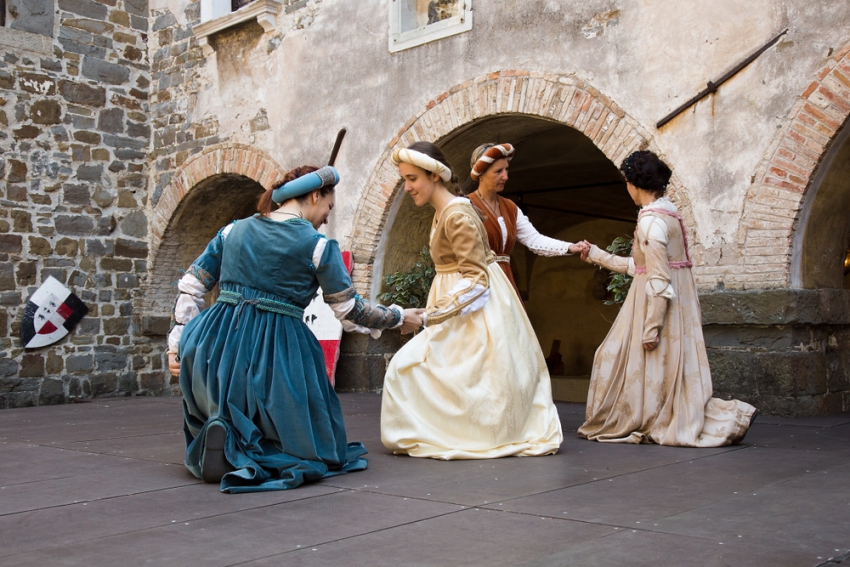Medieval costumes can be fun, as anyone who’s worn them to cosplay events, fairs and conventions can attest. These garments are classy, vibrant and inspired by history. However, fashion in the Middle Ages was more than just stylish chemises, gowns, tunics and pants. The following are some interesting facts about medieval fashion that you may not know.

Sumptuary laws
Laws governing fashion were first recorded in England in the 13th century. These laws were regulated to distinguish and preserve the differences between classes of the society. For instance, women had to dress as per the social standing of their husbands and fathers, and silks in purple and gold could only be worn by the royals. Those who broke these rules were punished, sometimes executed.
Fashion was not practical
Pointy shoes were all the rage in 14th-century Europe, even though they were not very practical. The French king, Charles V, went so far as to prohibit the production of such shoes to control the excess. He was, however, unsuccessful and people continued to wear them.
But sometimes it was
Straw hats were worn outdoors by people of all classes to protect against the summer sun. Nobles perhaps wore fancier versions of the conventional straw hat.
Commoners found ways to stay fashionable
Peasants did not have the money to make new clothes to keep up with the changing trends. So, they used accessories to copy what the fashionable did. For instance, belts, which could be bought at fairs on the cheap, were worn high or low depending on how the rich wore them.
Priests wore handed-down garments
Nobles did not want to be caught wearing a classy outfit twice. So, they donated such garments to the church to be made into vestments. Both parties benefited. High-status priests got the chance to wear these clothes and the donors gained favor in the eyes of God.
Italians wore sock-shoes
Around the beginning of the 15th century, some fashionable Italians did away with shoes altogether and wore stockings with leather soles instead.
Noble posteriors were worthy of show
In the 15th century, it was common to find extremely short tunics that revealed the buttocks. However, these garments were allowed by law only for the upper classes.
At Museum Replicas, we do not have sock-shoes or buttock-baring tunics (at least not for now). However, we do offer a high-quality range of men's medieval costumesand women's medieval costumes. All of these garments and accessories will make for excellent cosplay, fair garments and Halloween costumes. Check them out now and let us know what you think!



